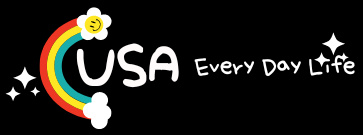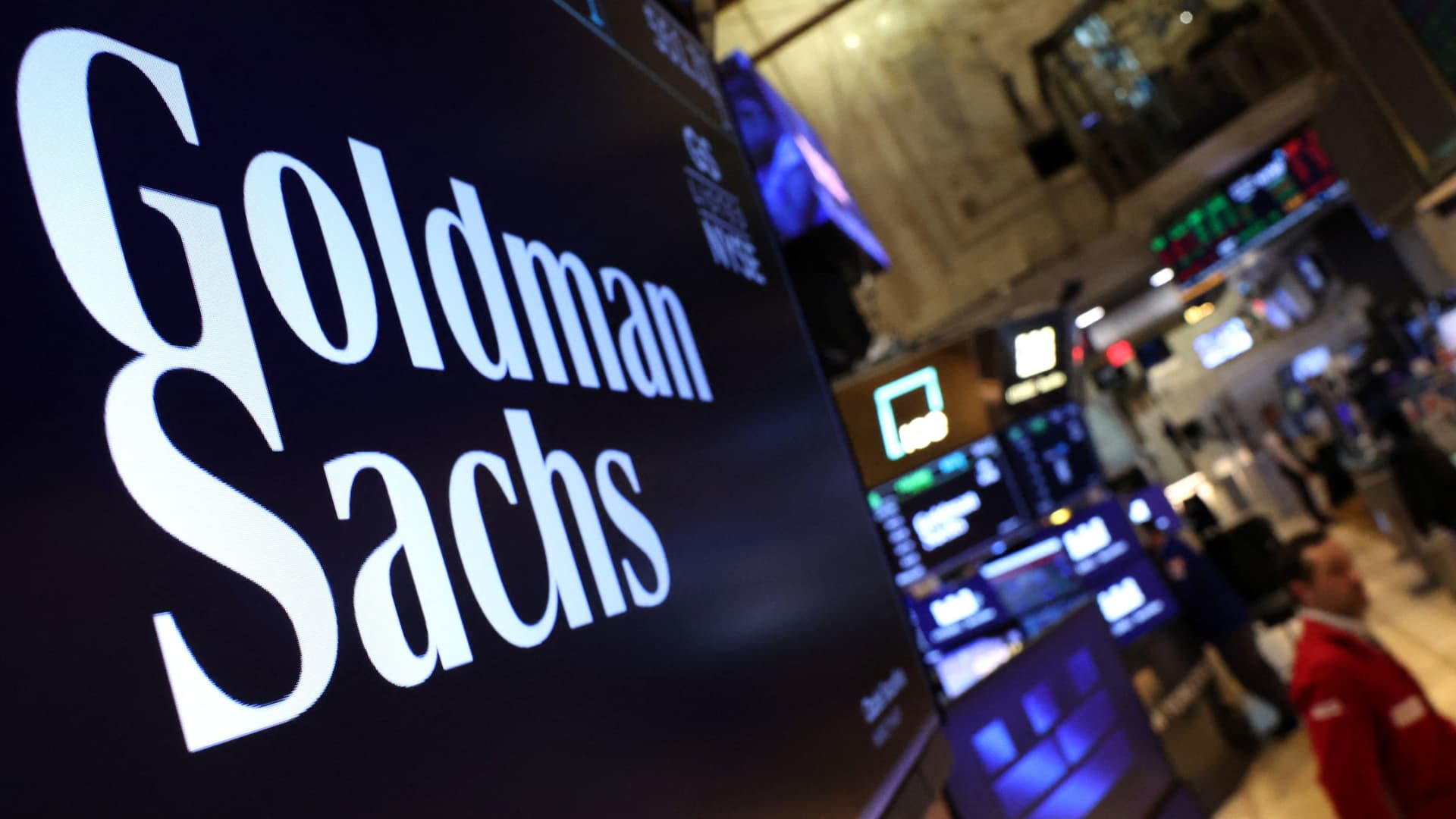(These are the market notes on today’s action by Mike Santoli, CNBC’s Senior Markets Commentator.) It’s hard not to respect the market’s recent display of resilience through rotation. But the process – which involves money rushing out of the 2025 winners and paring back bets on AI bellwethers and speculative fluff and into laggard healthcare and Old Economy sectors – can be tenuous if the chorography becomes more jagged. The dance Wednesday involved the ” Magnificent Seven ” shedding more than 1% and Palantir losing 5% with while the equal-weighted S & P 500 added almost half a percent and the S & P 500 Health Care sector extended its breakout to a new 2025 high with a 1.5% gain. Meta is in a 23% drawdown, Microsoft is off 8% and at early-July prices, and yet the S & P 500 is within 1% of its former peak. It’s as if the market heard the loud complaints last week that the rally was dangerously narrow and AI-dependent and is delivering a retort. It nets out to the S & P 500 itself being caught nearly immobile near the flat line around 6850, a level it first reached more than two weeks ago. In doing so, the index has recovered its fumble from a week ago Friday which caused a brief visit below its six-month uptrend line. Big picture, the S & P 500 had a near-3% air pocket a month ago which was quickly recouped, tagged a new record high and then tripped to a 4% drop (from intraday high to intraday low), which was also instantly bought. The net effect is a creditable, hard-to-rattle advance, with arguably incomplete pullbacks draining some froth but failing to go deep or long enough to more fully reset the tape. This is probably a feature of the calendar, in part, with seasonal tailwinds, the need for fund managers to stay exposed to any late-year melt-up and the drying up of tax-loss selling keeping the setbacks short and shallow. Often this means excesses and optimism will build if the market keeps climbing into year-end, setting up for a first-quarter gut check. Not that turbulence can’t arise sooner than that. The sloppy action in Bitcoin and crypto-owning public companies as well as ARK Innovation ‘s (ARKK) heaviness and the MEME ETF faltering by 15% this month show some aggressive positions under stress. The swing of the pendulum away from the exciting but hotly debated AI-buildout trade is vividly visible in the Dow Jones Industrial Average running above 48,000 and nosing ahead of the Nasdaq-100 on a three-month basis. While tempting to infer that this shows Smokestack America nudging aside the Silicon Economy, today’s DJIA is driven more by its stark overweights in financials and healthcare than pure manufacturing. And because Goldman Sachs ‘ share price, at $835, is by far the highest of the Dow 30, it carries a 10.4% allocation in the price-weighted index and Wednesday was responsible for nearly half the Dow’s 360-point pop, as this ranking of the day’s biggest upside contributors shows. (Don’t mistake this observation for Dow-bashing, though. Acknowledging its quirks and blind spots, there’s value in an evolving gauge of the market with history stretching back to the 19 th century. The Dow is to stocks as batting average is to baseball: No longer the best measure of performance, but normal people intuitively get what the numbers mean and it allows for fair comparisons across the decades.) The market has survived the data vacuum during the government shutdown and we now hear will not receive October nonfarm payrolls or CPI numbers. While some cyclical groups rolled over in recent weeks, the rotation this week is offering some relief. Equal-weight consumer discretionary ETF (RSPD) is up 1.5% this week, perhaps helped by firmer private-sector card spending data and belief that a December rate cut remains in play ahead of an anticipated window of tax-related stimulus into next year. This part of the market still has a bit to prove, though, as seen here:





